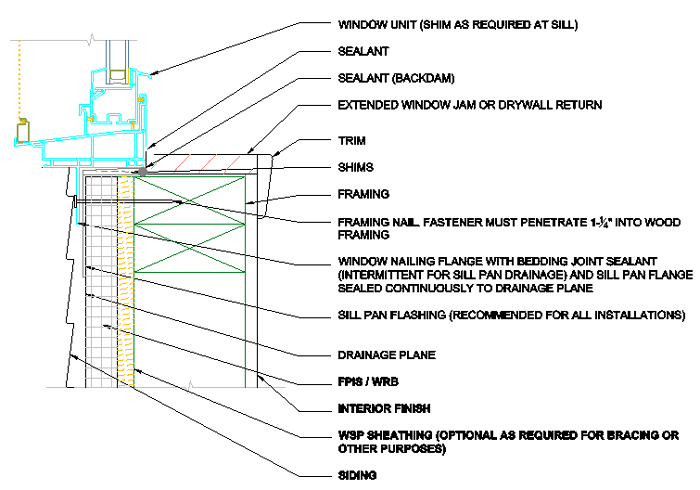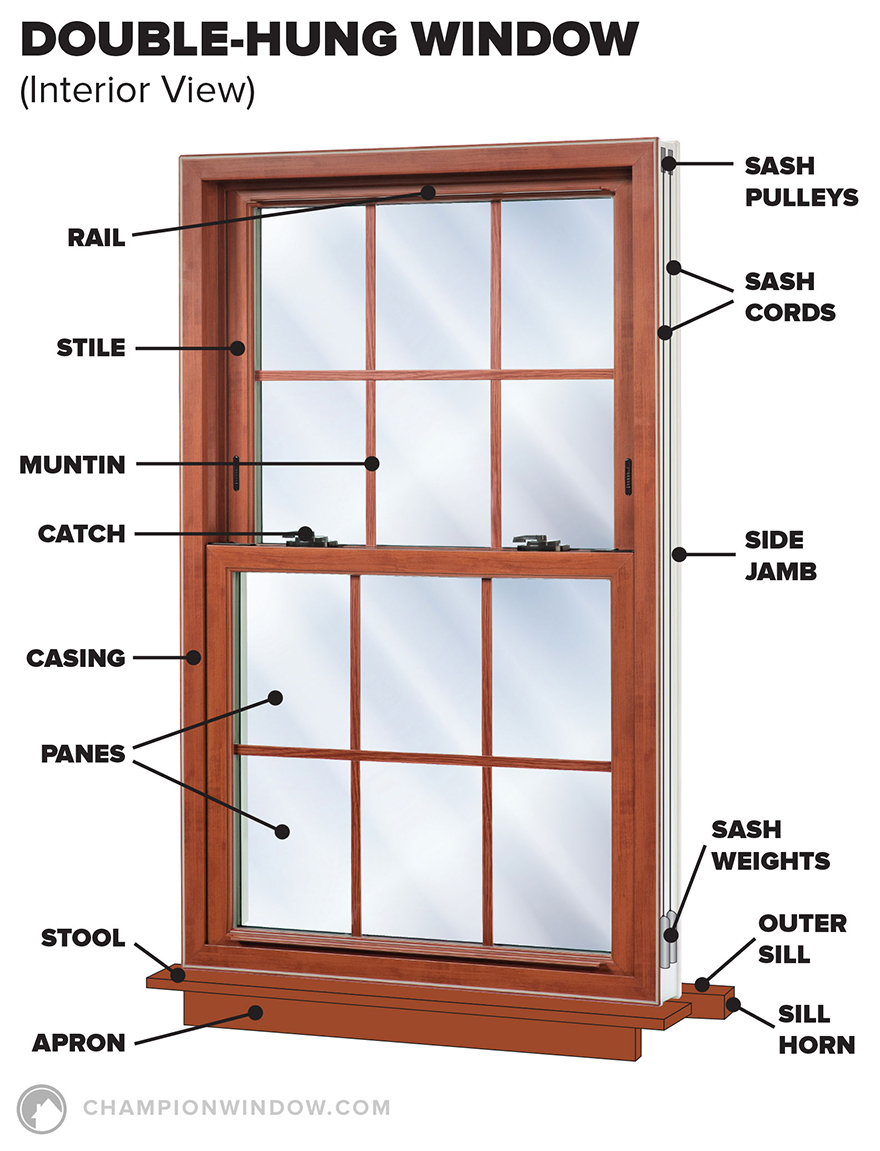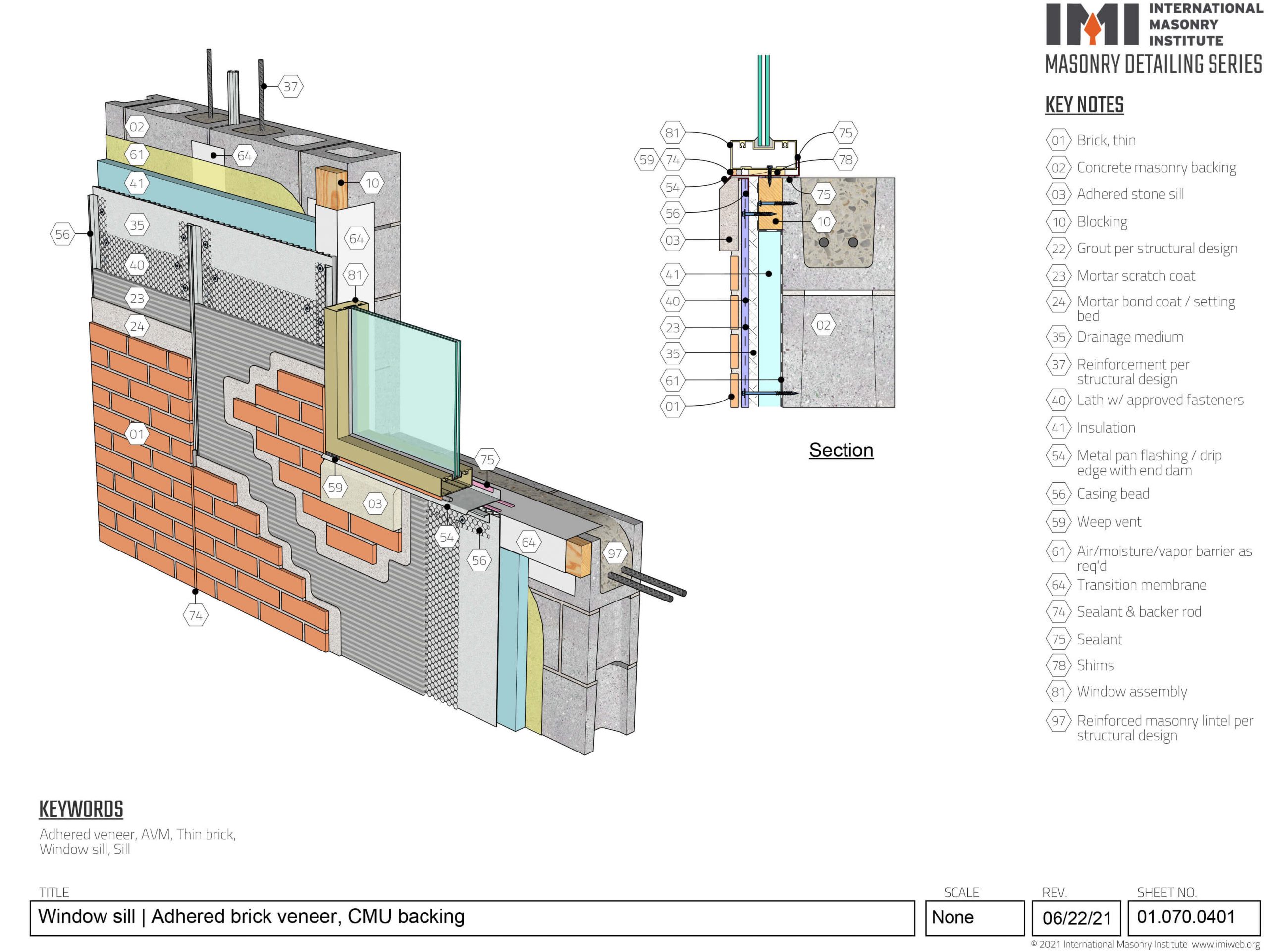

To move a full Windows 10 license or the free upgrade from a retail version of Windows 7 or 8.1, the license can no longer be in active use on a PC. Remove the License, then Transfer it to Another Computer This is one option users should look into first when transferring a license, check out our article for details about how it works. With the release of the Windows 10 Anniversary Update, Microsoft has made further improvements to transferring your license using the Digital License feature. For an OEM version, if you change the motherboard, automatically, your free upgrade will be invalidated, meaning, you will have to purchase a new full retail Windows 10 license. If it’s retail, you can continue to make hardware modifications to your system, such as changing the motherboard or moving it to a different computer. This affects the rights to what you can do with the license. Even though your free upgrade to Windows 10 from an OEM Windows 7 or Windows 8/8.1 is now identified as retail, in spirit, it is still an OEM license. The November Update now describes all licenses upgraded, whether full package or OEM, as retail. Previously, you could identify the channel from which, the license was derived by issuing a particular Windows command. We discussed these nuances in our Windows 10 editions article with the release of Windows 10 November Update, 1511, Microsoft made modifications to the channel license.

This is possible because the Pro Pack, while an upgrade, is a retail license attached to the Microsoft Account used to purchase it.


Determine If Your Windows 10 License Can Be Transferred Find out what type of license you have installed Microsoft continues to provide Windows 10 as a full retail product for computers without a qualifying license or for people who build PCs. In 2015, Microsoft launched its latest version, Windows 10, offering the operating system to qualifying PCs and devices running Windows 7 or Windows 8 for free, for a limited time.


 0 kommentar(er)
0 kommentar(er)
